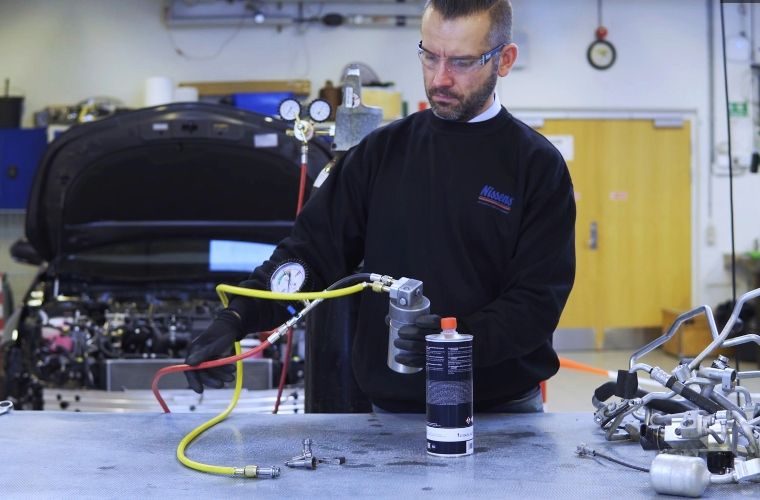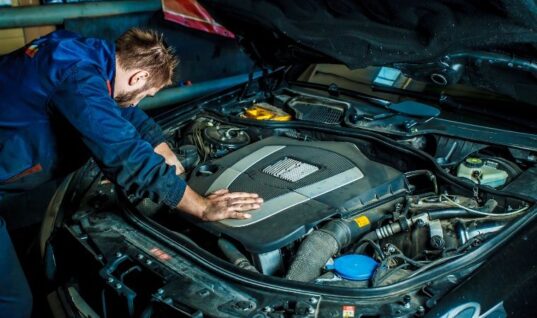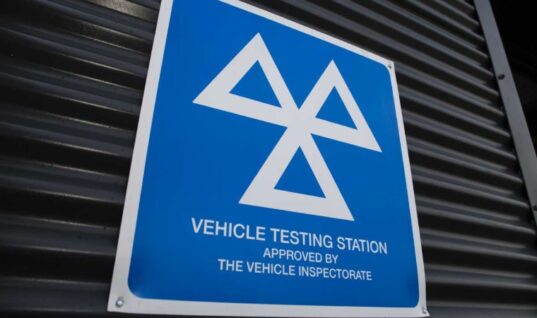One of the major problems that any air conditioning (AC) system can suffer from is contamination of the refrigerant and lubricant mixture, which is necessary for the system’s correct operation.
Moisture, particle formation due to uncontrolled chemical reactions, or careless use of additives such as UV dye or leak-stop agents, are among the most common causes, and all of these can quickly cause clogs in the system’s narrow channels and lead to component failures.
It is therefore essential to keep the AC system clean using one of the three recommended flushing methods.
Cleanliness
In order for the AC system to perform to its optimum and maintain the appropriate pressure and temperature parameters, the refrigerant, lubricant and the precise mechanisms inside the system’s sealed loop must be clinically clean.
Naturally, the flushing procedure and the extra time spent on the service add to the total service bill. However, flushing is not an optional choice, but actually the most basic and necessary treatment, often conditional for serious AC system repairs.
Flushing ABC
There are several basic rules that have to be followed to flush appropriately. The AC compressor must be detached or bypassed, along with the orifice tube or expansion valve.
The receiver drier or desiccant should be removed and replaced after flushing, as well as the parallel-flow, thin and micro-tube condensers, and evaporators.
Keep in mind that for any of the methods, cleaning agent residues must be completely removed after flushing, and the AC loop must always be thoroughly dried, preferably by means of nitrogen and a long-process vacuum.
Flushing method one: Using a dedicated flushing detergent
Based upon circulating the detergent throughout the loop and injecting it directly from a pressure container or distributing it by a special flushing machine.
This flushing method dissolves all sorts of particles, sludge, stubborn dirt, and residues.
The method can easily combine with highly pressurised nitrogen to push the flushing agent through the ducts.
Ideally, the loop segments are flushed separately.
This method has proven effectiveness against stubborn soiling and the nitrogen is very effective at moisture removal besides facilitating the impact of the flushing agent.
Flushing method two: Refrigerant and filling station
Circulating the R134A/R1234yf refrigerant as the cleaning agent with a filling station equipped with a flushing function, specially designed filters, and a container to collect contaminants.
This flushing method effectively cleans loose particles, but isn’t very effective for rinsing serious sludge and dirt.
Flushing method three: Refrigerant directly from bottle
Circulating the R134A/R1234yf refrigerant as the cleaning agent circulated through the loop by heating up the bottle.
An additional bottle for contaminated gas must be prepared, as well as adapter sets and hoses to ensure proper, tight system connection for the procedure.
This flushing method does not require any additional agents or machine and effectively cleans loose particles, but isn’t very effective for rinsing serious sludge and dirt.
For further information, download the Nissens flushing app guide from Google Play Store or go to the Nissens website.








Home Page › Forums › Air conditioning system flushing ‘a vital procedure’, says Nissens